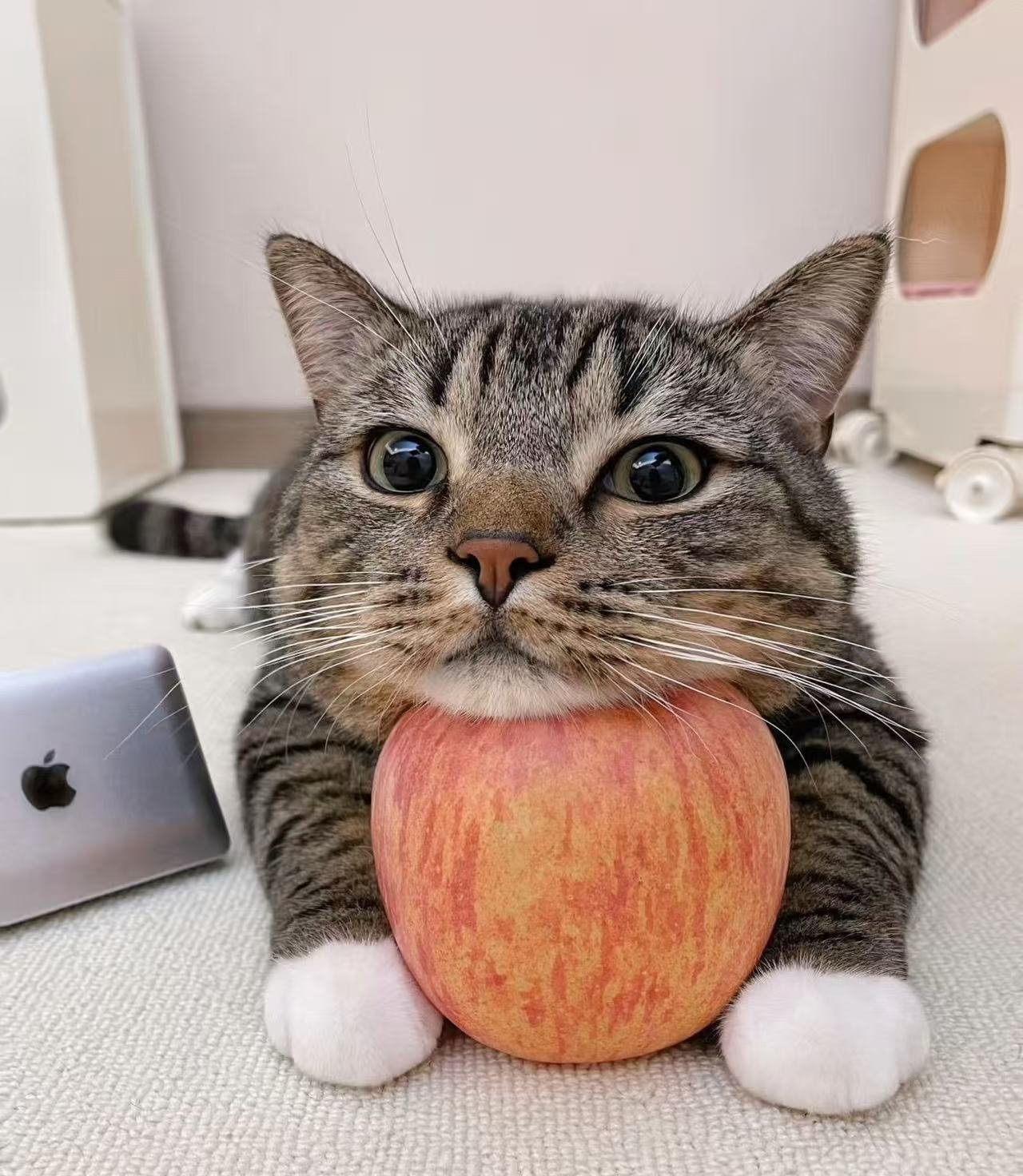KEY1 Basic ——Fundamentals of a Cat-Friendly Home · Part 3
· Fixed Cat Cabinets: Plan the Design Carefully from the Start
Cat cabinets can be categorized into three types based on their design: fixed, semi-fixed, and movable. If you want to create a fixed cat cabinet, it is essential to confirm its dimensions, placement, internal layout, and the position of pipes during the home design phase. It’s important to leave space for ventilation ducts at the top, and the walls can be fitted with lacquered glass, which is both waterproof and easy to clean. The glass can also be painted to match the overall style of the home. Additionally, it’s best to finalize the details during the construction phase, as making changes after completion can be more time-consuming and labor-intensive.
In terms of planning, if you want to balance overall home decor with the functionality of a cat cabinet, the ideal solution is a semi-fixed cat cabinet. This design combines fixed installations with a movable cat tree. First, the carpenter will create the outer structure of the cabinet and install ventilation systems at the top, along with waterproof walls made of glass or lacquered glass. The outer materials of the cat cabinet can include iron cages, wire mesh, fabric mesh, glass, acrylic, and wood. Finally, a movable cat tree can be placed inside. This not only enhances the aesthetics but also ensures ease of cleaning and maintenance, and when the cabinet becomes worn or damaged, it can be easily repaired or replaced.
· Prioritize Ease of Cleaning and Maintenance: Choose Waterproof and Easy-to-Clean Materials
Regardless of the type of cat furniture, waterproofing should always be the top priority. The edges of the panels should be properly sealed to ensure they are easy to clean, durable, and free from hair buildup, while also offering adequate protection for the cat. For cat cabinets, it’s recommended to use materials like plywood or plastic laminate, which are both waterproof and easy to clean. Materials like untreated wood or uncoated plywood should be avoided as they tend to absorb odors.
For the scratching posts that support the cat tree structure, the internal material must also be waterproof (such as plastic pipes) to ensure the stability and durability of the cat tree. The outer layer should be wrapped in sisal rope to meet the cat’s scratching needs. Some commercially available cat trees use cardboard tubes instead of scratching posts. While these are cheaper, they are less durable and prone to breaking.
· Maintaining Cleanliness is Key for Commercial Cat Cabinets
The biggest difference between commercial and home cat cabinets is the need to pay extra attention to hygiene and safety. Generally, commercial cat cabinets should be made from materials that are easy to clean and disinfect. In places with high turnover of cats, such as cat hotels or cat boarding facilities, it is essential to avoid using materials that absorb water, including sisal ropes, scratching posts, and other personal hygiene items for the cats. This helps prevent the spread of diseases between cats, such as herpesvirus, feline infectious peritonitis (FIP), parasites, et plus encore.
· Positioning of Cat Trees Should Be Based on Human Movement Patterns
The best placement for cat cabinets and cat trees is in the area by the window, as this is often the favorite spot for cats. Additionally, areas where the owner spends a lot of time, such as beside the bed, next to the sofa, or near the dining or study table, are also great options. While naturally independent, cats may not always seek out affection from their owners, but they still prefer to be near them. If a cat tree is nearby, they are more likely to use it.
· Cat Cabinet with External Circulation Ventilation System for Odor Control
If space permits, the cat cabinet can also adopt an external circulation ventilation design. This approach involves installing exhaust fans in both the cabinet and the outdoor ceiling. The fans draw out odors from the cabinet and expel them outdoors, effectively reducing indoor smells from cat litter and urine, while preventing cat fur from floating into the room. When the outdoor weather is cool, the system can reverse to draw in fresh outdoor air, creating a circulation that, coupled with a temperature and humidity monitor, ensures the cabinet maintains the most comfortable environment for the cat at all times.
· Enhanced Security with Lockable Small Door
If you want to leave a small door on the cat cabinet for easy access, it’s recommended to set the opening height about 15 cm from the ground, which is roughly at the height of the cat’s underbelly. The diameter of the opening should be at least 15-20 cm, with 20 cm being the ideal size for comfort. It’s important to ensure that the door material is not too heavy, as this may make it difficult for the cat to push open. The small door can also be fitted with a lock, allowing the owner to secure it when necessary, fully isolating the inside of the cabinet from the outside.

 Shandong Vlink Pet Products Co., Ltée
Shandong Vlink Pet Products Co., Ltée
![Ramener un chat à la maison: Une proposition de rénovation pour une vie adaptée aux chats [5] - Shandong Vlink Pet Products Co., Ltée](/wp-content/themes/Generic/images/default-banner.jpg)


